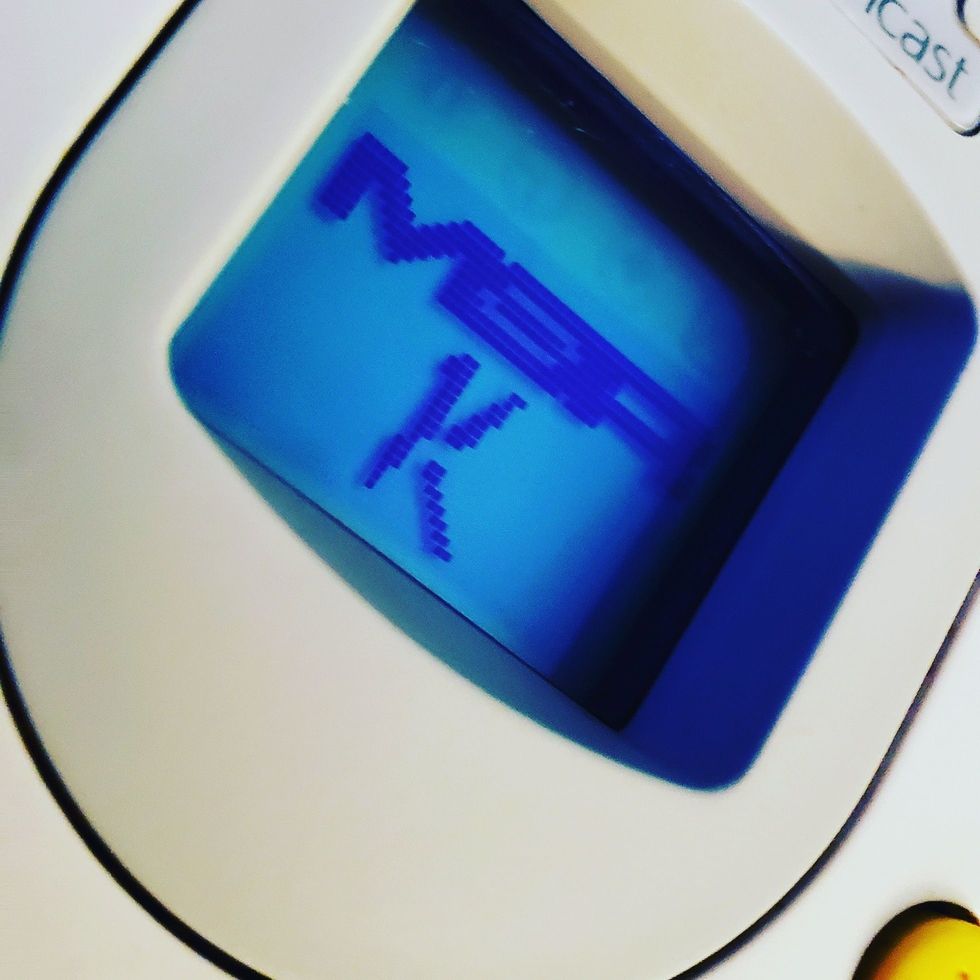The Sega Dreamcast launched on 9.9.99. A day that Sega poured their greatest efforts into. The Sega Dreamcast is everything Sega was hoping for leaning all the way back to their Genesis days in the early 90s. Taking on the Nintendo giant was no easy task, and with the newly kid on the block: The Sony PlayStation; put the Sega Dreamcast in a critical bind. Tom Kalinske whom was Sega's CEO of the time claimed that Sega wasn't the cool kid anymore. In an interview with Polygon conducted by Black Hester, Kalinske had this to say, "It may be too late now, given the age that we're reaching, but we all felt certain a few years ago [that] 'Damn. We could have gone back in and fixed this thing' … But, you know, that's probably just wishful thinking on our parts." The Dreamcast was truly way ahead of its time.
The Sega Dreamcast offered Modem/Broadband online connectivity. 3D games on a proprietary based platform. Sonic The Hedgehog, and this guy the VMU aka the Visual Memory Unit.

The VMU acted as two things; the first was a memory card to save the progress of a game. Since the Dreamcast was CD-based, there was nowhere to store the save file locally. The VMU was needed for those long hours playing through Sonic Adventure, Shenmue, or MSR (Featured in the Photo Above). Secondly, the VMU could be loaded with a mini-game from the supported game to take with you on the go. It also featured a clock as well. Although blurred out, notice how it oddly looks like a small GameBoy.

Speaking on control being ahead of its time, the Sega Dreamcast controller featured four facing buttons, two shoulders (analog) triggers, a directional pad (great for fighting games), and a hard plastic stick to maneuver in 3D space and a single start (pause) button. The controller is Ergonomic in retrospect yet a bit clunky at the same time.

As mentioned above the Sega Dreamcast moved from cartridge-based media and over to a more modern format (The CD Rom). Sega needed far more space than what their previous consoles (Sega 32X, Sega CD, and Sega Saturn) had. A system Sega pulled so hard to succeed, ultimately failed in the end; not because of the competition, but because of the past decisions made by the company. A topic to be unfolded next time here.


















